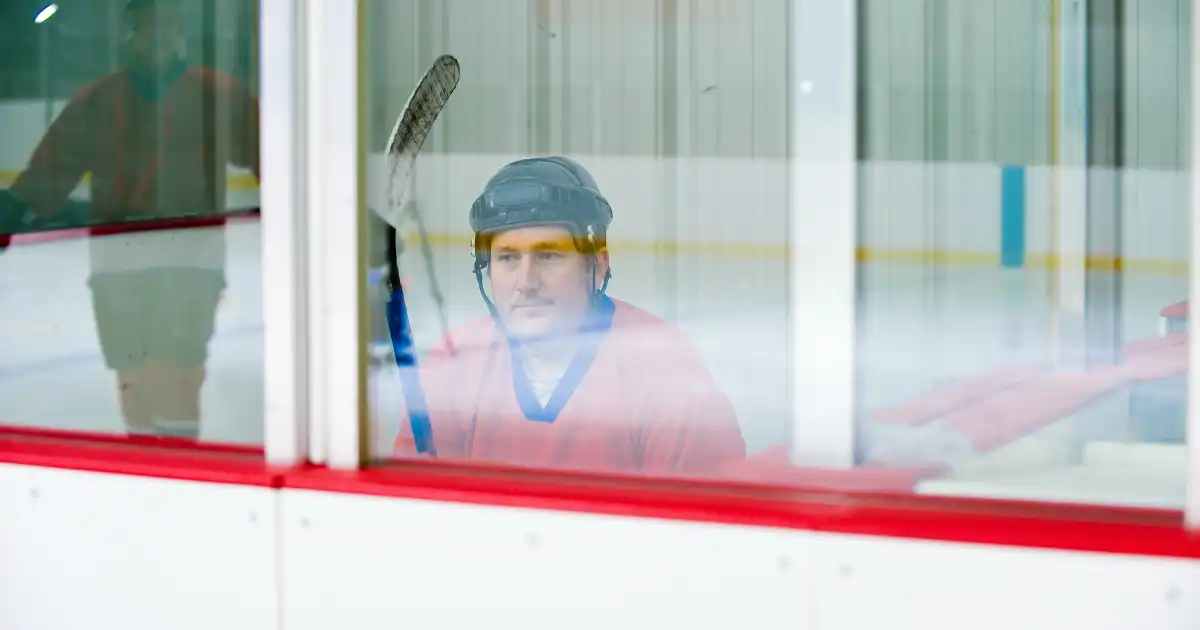Hockey is a fast-paced, high-intensity sport, where every decision made on the ice can shift the momentum of the game. Among the most crucial moments in a hockey game are those involving penalties. These infractions, called by referees to maintain fairness and safety, can change the course of a match. Let’s break down the most common penalties—tripping, slashing, and cross-checking—what referees watch for, and how these infractions impact the game.
Tripping: The Classic Momentum Killer
Definition: Tripping occurs when a player uses their stick, hand, or any part of their body to cause an opponent to fall.
What Refs Look For: Referees are particularly vigilant about situations where a player’s stick contacts an opponent’s skates or legs, resulting in a tumble. Not all falls are penalized—if the opponent trips due to their own loss of balance or overreaching for a puck, play continues. However, intentional use of the stick or body to unbalance a player is penalized.
Impact on the Game: Tripping penalties are often momentum killers. The offending team is forced to play shorthanded during the ensuing power play, creating opportunities for the opposing team to score. Players have to be especially careful when defending breakaways or battling in tight spaces, as these are prime situations for accidental trips. A single tripping call can transform a defensive stand into a critical disadvantage.
Slashing: Controlling the Stick’s Power
Definition: Slashing involves the deliberate use of a stick to strike an opponent, typically on the hands, arms, or body.
What Refs Look For: Referees differentiate between a “good stick check” and a slash based on intent and force. A controlled stick swipe to disrupt puck control is allowed, but excessive force aimed at the player rather than the puck crosses the line. Watch for calls when sticks hit gloves, particularly in situations where it prevents a player from shooting or passing.
Impact on the Game: Slashing calls send a clear message about respecting player safety. These penalties often occur in heated moments—defenders trying to stop a scoring chance or forwards retaliating after losing possession. Slashing not only gives the opposing team a man advantage but also disrupts the rhythm of the penalized team, forcing them to regroup and reassess their physical play.
Cross-Checking: The Balance Between Strength and Safety
Definition: Cross-checking is defined as using the shaft of the stick, with both hands, to push or hit an opponent. This is often seen in high-contact zones like in front of the net or along the boards.
What Refs Look For: Cross-checking penalties are typically called when the shove is forceful enough to knock an opponent off balance or cause potential harm. Subtle use of the stick to maintain position is generally allowed, but repeated or violent shoves will result in a whistle. Referees often watch closely during scrums and puck battles for escalating physicality.
Impact on the Game: Cross-checking penalties are costly because they frequently occur in high-stakes areas where goals are scored. A well-timed cross-check might deny a scoring chance, but if called, it gives the opposing team a power play—a prime opportunity to capitalize on the infraction. Moreover, excessive cross-checking can escalate tensions on the ice, leading to fights or further penalties.
Why Penalties Matter So Much
Penalties are more than just interruptions in play—they reflect the delicate balance between physicality and fairness. A team’s discipline, or lack thereof, can make or break their chances in a game. Penalties put pressure on special teams, highlighting the effectiveness of power-play units and penalty kills. Skilled teams can turn infractions into strategic advantages, while undisciplined teams might spiral as penalties mount.
From a player’s perspective, penalties can affect confidence and reputation. Coaches often bench players who repeatedly take unnecessary penalties, while star players who draw penalties become valuable assets. The referees’ role is equally critical, as they must ensure consistent enforcement of the rules to maintain a level playing field.
Mastering the Mental Game
Understanding common penalties like tripping, slashing, and cross-checking offers a deeper appreciation for the strategy and discipline required in hockey. These infractions not only shape individual plays but also define team identities. Staying out of the penalty box requires mental toughness, skillful control of the stick and body, and an acute awareness of the game’s dynamics. For fans, the drama of penalties is part of what makes hockey so thrilling—a sport where every whistle carries the potential for game-changing action.
Next time you’re watching a game, keep an eye on the refs and how they manage the physicality of the sport. The penalty box might be a lonely place for players, but for fans, it’s a window into hockey’s intricate balance of speed, skill, and strategy.

